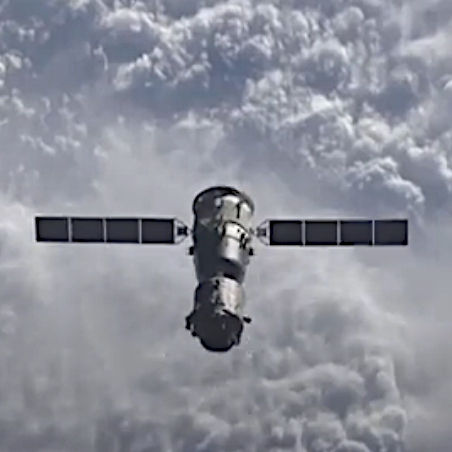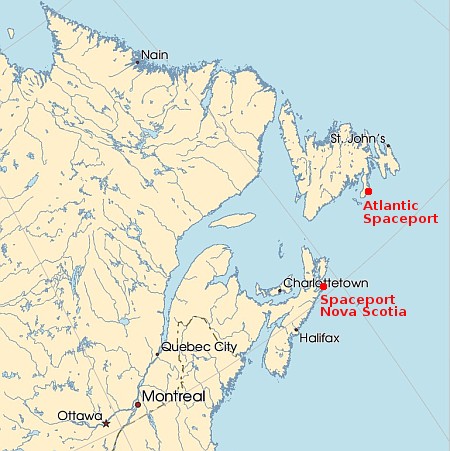Two American launches today, setting several new launch records
The beat goes on! Three different American companies attempted launches today, with two successfully getting off the ground while the third was forced to scrub due to an unspecified technical issue.
First Rocket Lab successfully launched another radar satellite for the Japanese company Q-Shu Pioneers (iQPS), its Electron rocket lifted off from one of Rocket Labs’ two New Zealand launchpads. This was the fifth launch out of a total eleven-launch contract that Rocket Lab has from Q-Shu. The launch also tied Rocket Lab’s record for the most successful orbital launches in a single year, 14, set in 2024.
Next, SpaceX launched another 29 Starlink satellites into orbit, its Falcon 9 rocket lifting off from Cape Canaveral in Florida. The first stage completed its fifth flight, landing on a drone ship in the Atlantic. The launch once again set a new annual launch record for SpaceX.
Only about two hours later, ULA attempted to launch a Viasat communications satellite using its Atlas-5 rocket, also lifting off from Cape Canaveral. At T-minus 4 minutes however there was an unplanned hold. After trouble-shooting the problem for almost an hour, they scrubbed the launch with only a few minutes left in the launch window. They will try again tomorrow.
With the two successful launches, the world’s global launch industry tied the record that was set last year for the most successful orbital launches in a single year, 256. That record will certainly be passed in the next few days.
What is more significant is that until 2020, the industry struggled to reach 100 launches per year. Since then the numbers have skyrocketed, led mostly by SpaceX’s overwhelming success.
The leaders in the 2025 launch race:
144 SpaceX (a new record)
67 China
14 Rocket Lab (tying its previous record)
13 Russia
SpaceX now leads the rest of the world in successful launches, 144 to 112.
The beat goes on! Three different American companies attempted launches today, with two successfully getting off the ground while the third was forced to scrub due to an unspecified technical issue.
First Rocket Lab successfully launched another radar satellite for the Japanese company Q-Shu Pioneers (iQPS), its Electron rocket lifted off from one of Rocket Labs’ two New Zealand launchpads. This was the fifth launch out of a total eleven-launch contract that Rocket Lab has from Q-Shu. The launch also tied Rocket Lab’s record for the most successful orbital launches in a single year, 14, set in 2024.
Next, SpaceX launched another 29 Starlink satellites into orbit, its Falcon 9 rocket lifting off from Cape Canaveral in Florida. The first stage completed its fifth flight, landing on a drone ship in the Atlantic. The launch once again set a new annual launch record for SpaceX.
Only about two hours later, ULA attempted to launch a Viasat communications satellite using its Atlas-5 rocket, also lifting off from Cape Canaveral. At T-minus 4 minutes however there was an unplanned hold. After trouble-shooting the problem for almost an hour, they scrubbed the launch with only a few minutes left in the launch window. They will try again tomorrow.
With the two successful launches, the world’s global launch industry tied the record that was set last year for the most successful orbital launches in a single year, 256. That record will certainly be passed in the next few days.
What is more significant is that until 2020, the industry struggled to reach 100 launches per year. Since then the numbers have skyrocketed, led mostly by SpaceX’s overwhelming success.
The leaders in the 2025 launch race:
144 SpaceX (a new record)
67 China
14 Rocket Lab (tying its previous record)
13 Russia
SpaceX now leads the rest of the world in successful launches, 144 to 112.












